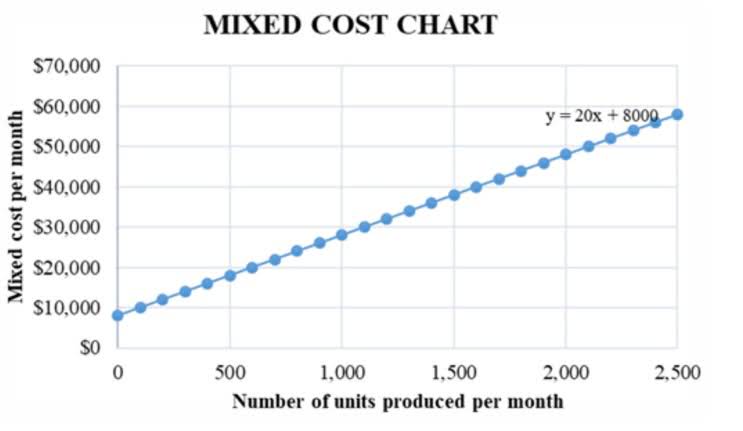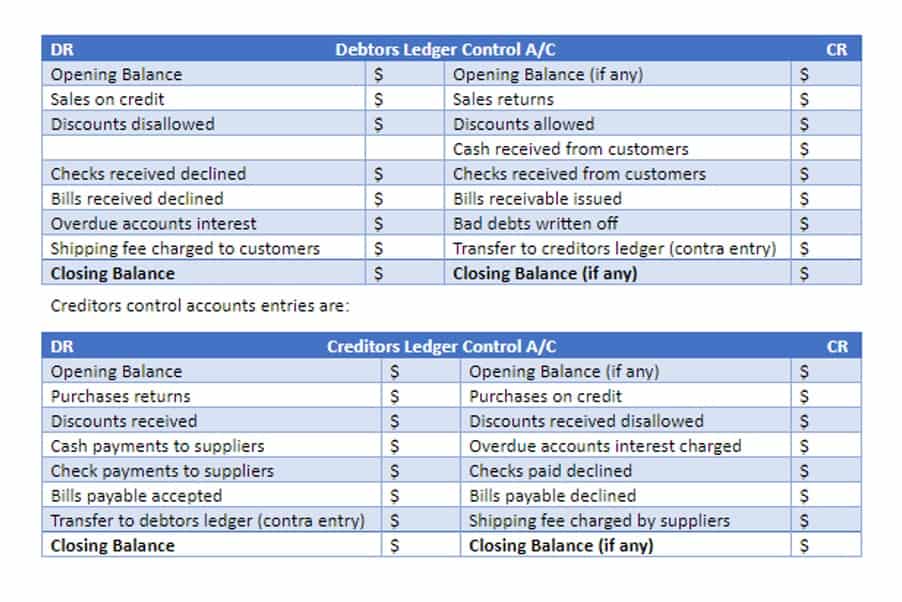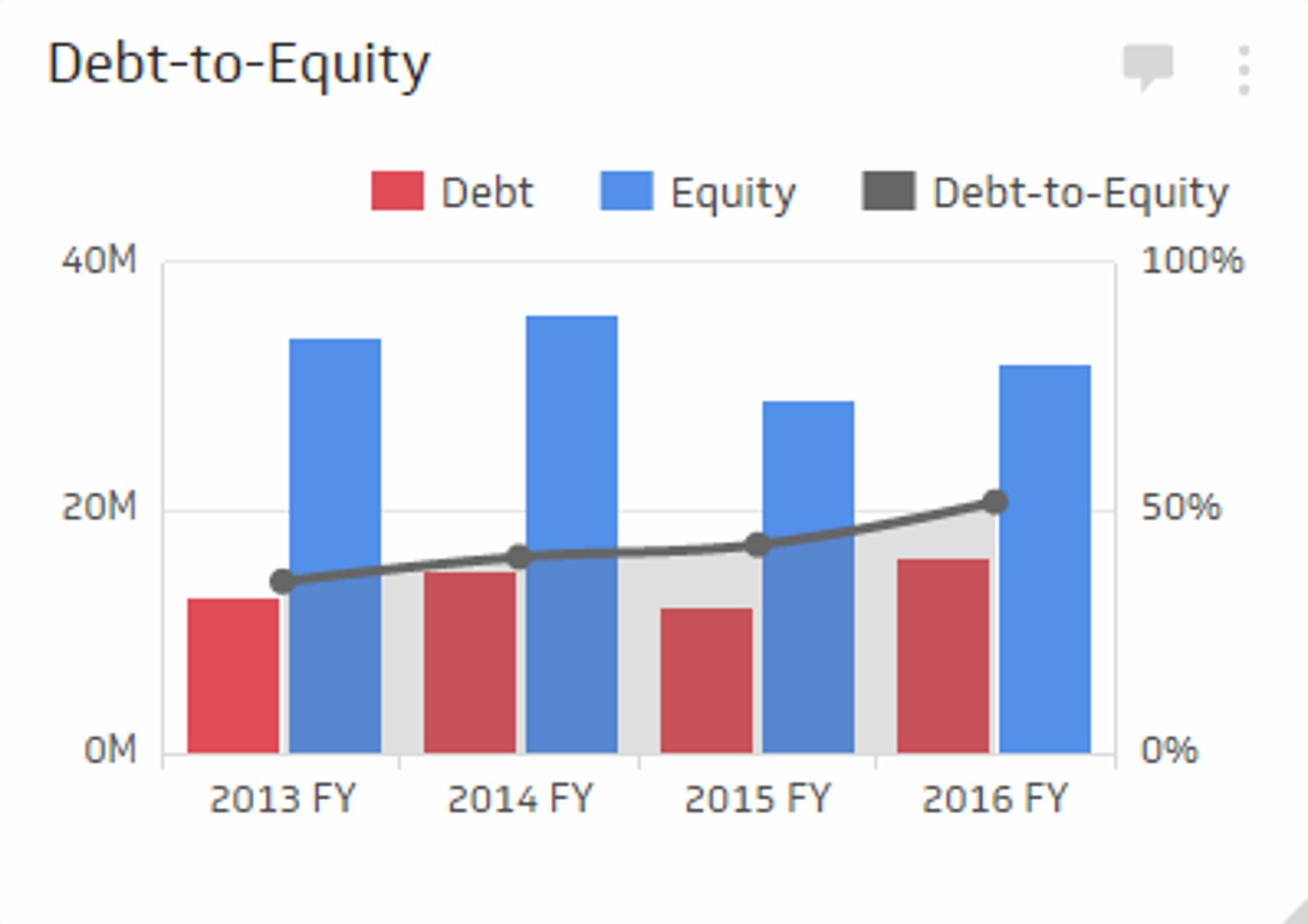Is Retained Earning an Asset? Classification & Purpose
Content

These funds are normally used for working capital and fixed asset purchases or allotted for paying of debt obligations. At the end of an accounting year, the balances in a corporation’s revenue, gain, expense, and loss accounts are used to compute the year’s net income. Those account balances are then transferred to the Retained Earnings account. When the year’s revenues and gains exceed the expenses and losses, the corporation will have a positive net income which causes the balance in the Retained Earnings account to increase. A company is normally subject to a company tax on the net income of the company in a financial year.

This amount is also not static but frequently adjusted and evolved to react to company changes and needs. If the company is less profitable or has a net loss, that affects what is retained. Earnings retained by the corporation may turn into retained losses or accumulated losses in that case. Finally, if the balance of retained earnings is growing over time that might not be a good thing.
Limitations of Retained Earnings
Actually, if higher dividends or even liquidation would enhance the stock’s performance, investors who might prefer that course retained earnings are powerless to effect it. The usual standard is ROE, which is net income divided by the equity on the balance sheet.
How do I calculate retained earnings?
The retained earnings are calculated by adding net income to (or subtracting net losses from) the previous term's retained earnings and then subtracting any net dividend(s) paid to the shareholders. The figure is calculated at the end of each accounting period (monthly/quarterly/annually).
Similarly, the iPhone maker, whose fiscal year ends in September, had $70.4 billion in retained earnings as of September 2018. The earnings can be used to repay any outstanding loan that the business may owe.
Average the Three Methods
The first entry on the statement is the previous year’s carried-over balance. This entry can be taken from the previous year’s balance sheet or the ending balance of the previous year’s retained earnings.
Less mature companies need to retain more profit in shareholder’s equity for stability. Revenue provides managers and stakeholders with a metric for evaluating the success of a company in terms of demand for its product. As a result, it is often referred to as the top-line number when describing a company’sfinancial performance. Since revenue is the income earned by a company, it is the income generatedbefore the cost of goods sold , operating expenses, capital costs, and taxes are deducted.
How to prepare a retained earnings statement
A maturing company may not have many options or high-return projects for which to use the surplus cash, and it may prefer handing out dividends. Though the last option of debt repayment also leads to the money going out of the business, it still has an impact on the business’s accounts . The decision to retain the earnings or distribute them among shareholders is usually left to company management. Read on to learn about what they are, how to calculate them, prepare a retained earnings statement, and more.
The resultant number may be either positive or negative, depending upon the net income or loss generated by the company over time. Alternatively, the company paying large dividends that exceed the other figures can also lead to the retained earnings going negative. Cash payment of dividends leads to cash outflow and is recorded in the books and accounts as net reductions. As the company loses ownership of its liquid assets in the form of cash dividends, it reduces the company’s asset value on the balance sheet, thereby impacting RE.
Retained earnings are calculated through taking the beginning-period retained earnings, adding to the net income , and subtracting dividend payouts. For instance, say you sold common stock to business shareholders to raise capital. The company is starting to make healthy profits, and it can pay dividends.
Top 100 Firms’ Retained Earnings Exceed 1000 tln-won Mark – The Korea Bizwire
Top 100 Firms’ Retained Earnings Exceed 1000 tln-won Mark.
Posted: Tue, 04 Oct 2022 00:17:51 GMT [source]
The amount added to retained earnings is generally the after tax net income. In most cases in most jurisdictions no tax is payable on the accumulated earnings retained by a company. However, this creates a potential for tax avoidance, because the corporate tax rate is usually lower than the higher marginal rates for some individual taxpayers. Higher income taxpayers could “park” income inside a private company instead of being paid out as a dividend and then taxed at the individual rates. To remove this tax benefit, some jurisdictions impose an “undistributed profits tax” on retained earnings of private companies, usually at the highest individual marginal tax rate.









